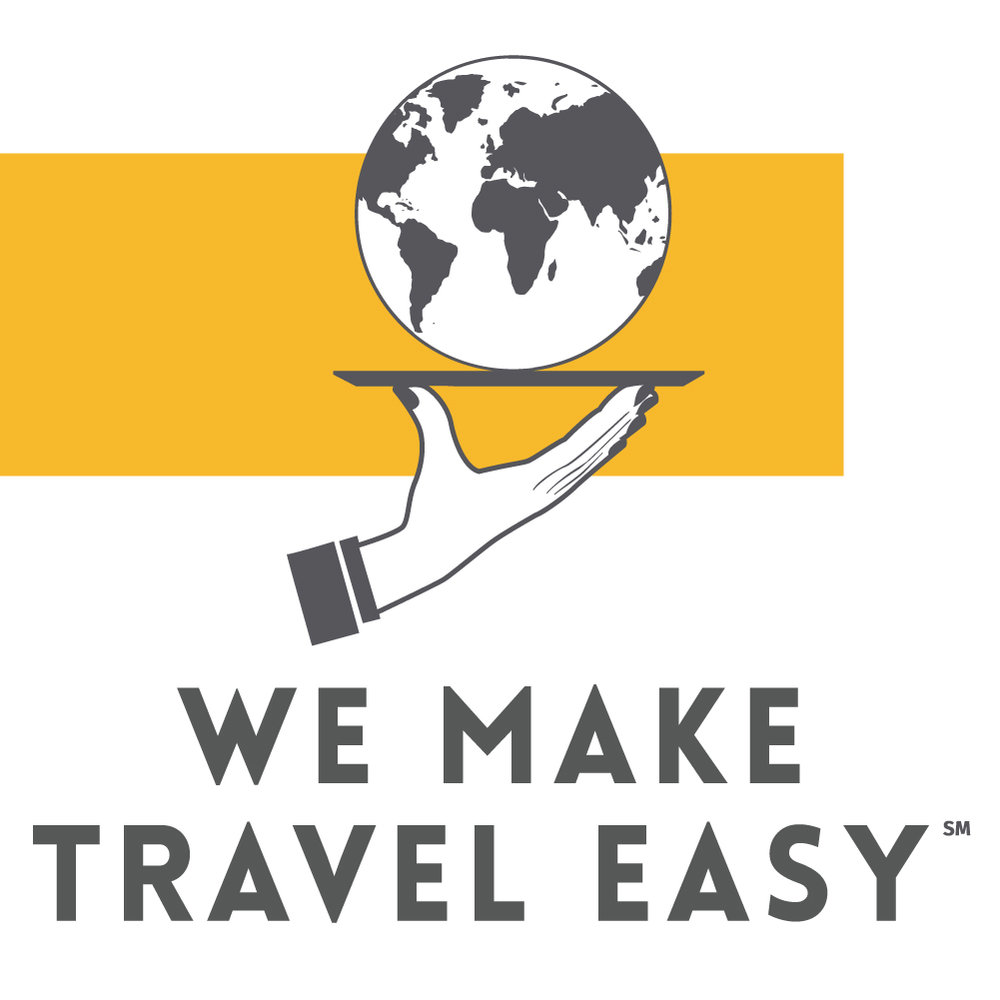As you are reading, this I am standing in awe of the Taj Mahal. Since I just left for India a few days ago, I thought it would be a good reminder of what you need to do about money before you take off on your next amazing journey.
Clients always ask me how much money should they take or how much should they exchange before they go? My standard answer is, as little as possible. There’s no value in coming home with Euros that cost 1.5 dollars to take them back at another time when the Euro is a 1.1 dollar. Or even worse, to pay a transaction fee to change your dollars into Euros then pay to change it back again. In today’s world, plastic is the way to go.
1. Credit cards and your ATM debit card are your best choices.
But you must be smart about both cards. Use a no foreign transaction fee credit card for the majority of international spending (this includes purchases made through foreign-based companies while still in the United States). That cute little Paris B&B you booked directly with the owner, before you left the US, could add 2-4% in foreign transaction fee. All your purchases abroad could cost you an additional 2-4% if you don’t have a foreign transaction fee credit card. In addition, why waste the time exchanging money and risk carrying it around, when a credit card gives the best possible exchange rates?
It’s common for international travelers, especially first-timers, not to feel ready to leave until they’ve got some of the hard currency used in their destination country. It’s just one of those things that have traditionally been recommended.
But with the banking system becoming increasingly digitalized, it makes sense for the easiest way to buy things in a foreign currency to be with plastic. Why waste the time exchanging physical currency and risk carrying it around when a credit card handles the process automatically and gives the best possible exchange rates in the process? You’re going to save relative to a bank or airport kiosk exchange no matter what card you use, but getting a credit card with no foreign fees is an easy way to reduce costs even more. Just remember to get such a card before booking anything through a foreign-based company because if the transaction gets processed outside of the U.S., it will trigger a foreign surcharge.
2. Bring a debit card with low international ATM withdrawal fees as well
You’re going to need cash at some point in your trip – whether it’s for a cab, tipping a bellboy, or something else entirely. The best way to accommodate that need is to bring an ATM debit card, as long as it doesn’t charge too much for international ATM withdrawals. This will enable you to not only get the same low exchange rate as with your credit card, but you’ll also be able to take out cash as needed and reduce the damage a pickpocket could do.
3. Notify your bank of your travel plans
Banks will suspend your credit and debit cards due to suspicions of fraud if you do not alert them to the fact that you’re traveling out of the country. This might actually be a good idea even if you’re traveling domestically because banks have been known to suspend accounts that display transactions outside one’s normal geographic area.
4. Get the phone number to call your bank collect
If your card gets lost or stolen, being able to contact your bank will not only help nip any potential fraud in the bud, but most banks will also overnight you a new card. The bank will pay for the call too, so you needn’t worry about international charges.
5. Steer clear of dynamic currency conversion
If a merchant offers to convert your purchase total from the native currency to U.S. dollars, they might be trying to help you out. Or they could be looking for an excuse to apply a high exchange rate and squeeze a bit more money out of you. It’s best not to find out, especially when you can use your phone or a small pocket calculator to make quick conversions and better understand how much things cost.
I'm going to do my part to support the Indian economy. I hope you'll do yours on your next trip.
Enjoy reading my blog? Sign up for my newsletter to be a We Make Travel Easy travel insider.

